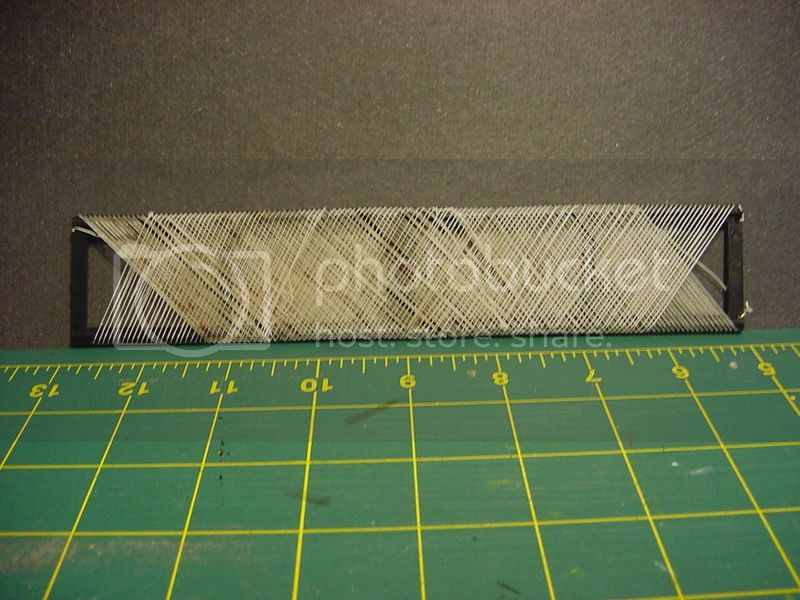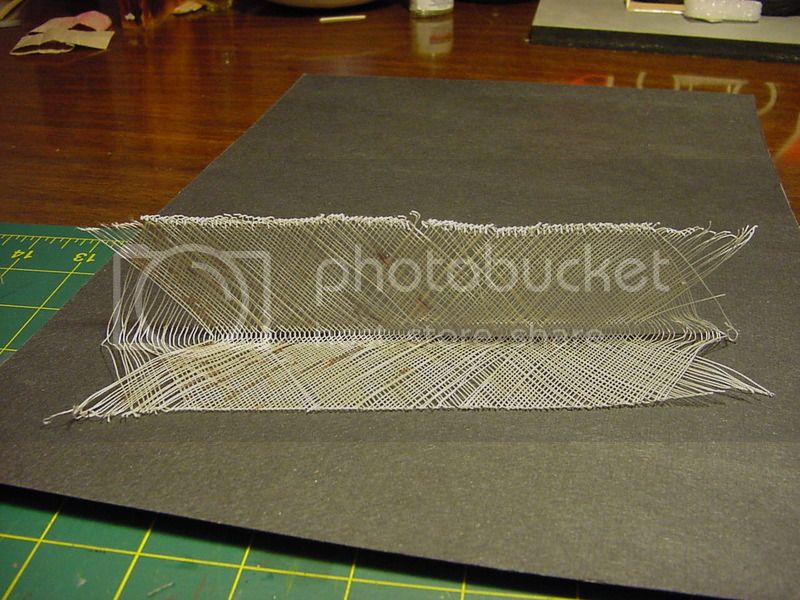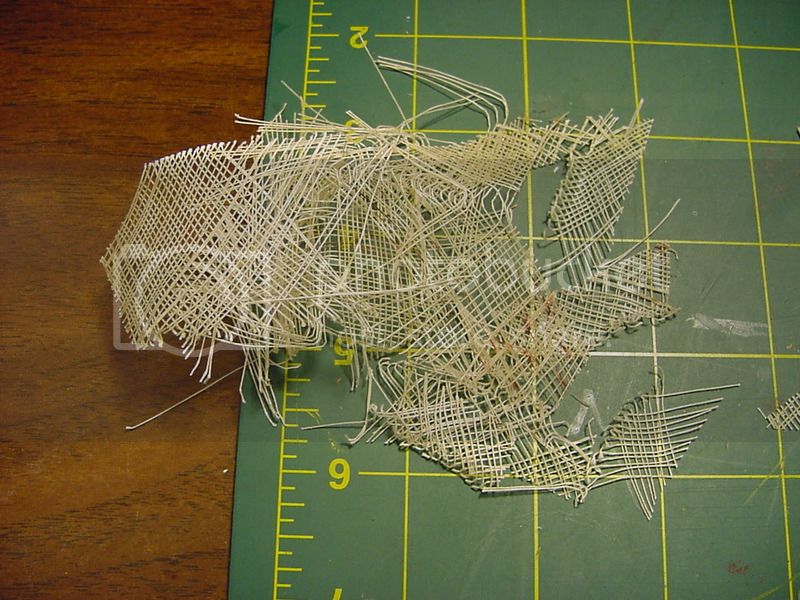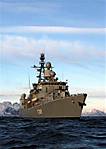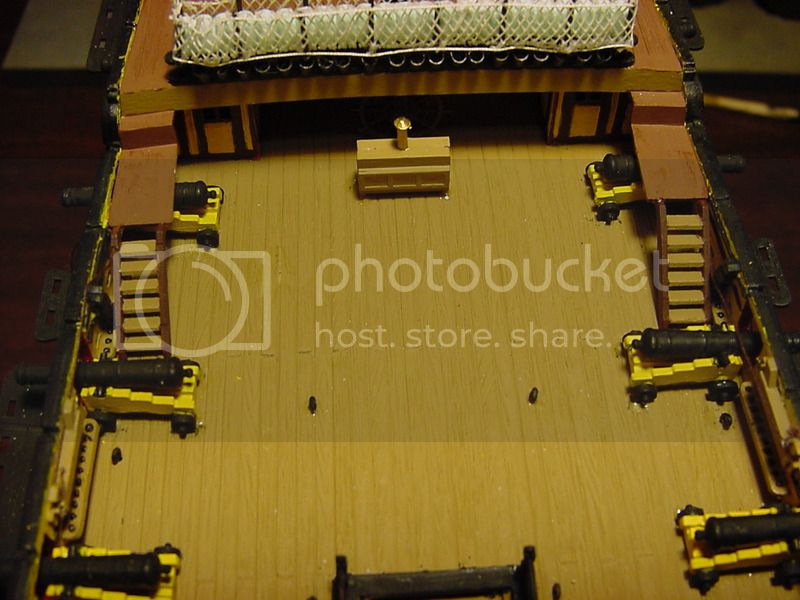No worries about that e-mail.
You might want to look through this blog, at the section where I installed the main deck, and what it took to get it in position. For me, it was such a tight fit, that no glue was used. I don't recall it being too long, so I didn't have that worry. Essentially, I had to pry the hull open (using a very narrow blade knife), and used the edge of the deck as a lever point, and I was able to push out the hull just enough to let the deck drop in place. I probably took 20 or 30 minutes to get the deck in place, so it pays off to take your time.
OK, threads A71 & 72: so the instructions (step
 show thread A72 going through pulley m26, going back through pulley m24, then ending at part 100 (install part 100 in step 9). In the instructions, there is also the black dot beside the box with the number 9 in it - the dot refers to step 17. IN step 17, you will see that a thread goes from the the hull, up to pulley m26, which will be located near the bottom corner of the mainsail (in reality, this is probably what is called a "sheet" line). Step 29 shows the pulley at the bottom of the sail.
show thread A72 going through pulley m26, going back through pulley m24, then ending at part 100 (install part 100 in step 9). In the instructions, there is also the black dot beside the box with the number 9 in it - the dot refers to step 17. IN step 17, you will see that a thread goes from the the hull, up to pulley m26, which will be located near the bottom corner of the mainsail (in reality, this is probably what is called a "sheet" line). Step 29 shows the pulley at the bottom of the sail. So, at this point, some of those pullies & threads are just hanging out of/off the hull...myself, I taped some paper to the end of each thread, with that thread's number on it (Axx, for example). So, for the time being on your model, just install the threads & pullies the best you can/as you see fit. What I'm going to do, when the time comes, will be to tie a separate thread to block m26, run it up to the bottom corner of the mainsail, run it through the block m25 (to be installed), and bring the thread back to a belay point on the hull.
One of the problems with this step (8), is that it's not really clear how the pulley gets attached to the hull. Heller shows some kind of 3-way connection, with no detail on how to make that connection. So, I just took it to mean that a short thread coming out of the hull is run through one side of the pulley, and thread a72 goes through the other side...it's a bit of a mess, that's for sure.
In image 2 of the pictures in your link, there is a box 2 on the drawing. This illustrates a little bit better (I think) of how the block m24 gets attached to the hull. And in this image, I believe the thread going through the pulley would be the equivalent of Heller's A72.
Is your head spinning yet??

Today, I cemented in place the signal flag lockers & knees. I've started painting the bowspirit, also.
Don't stress too much on this - it's only a model!!!
Cheers,
Tim




















